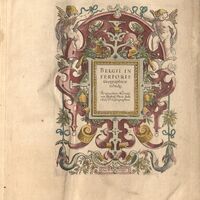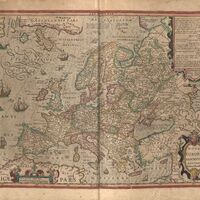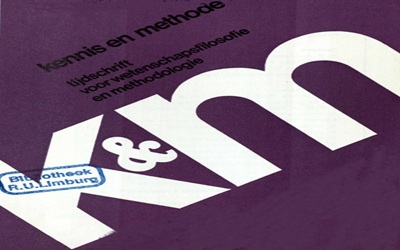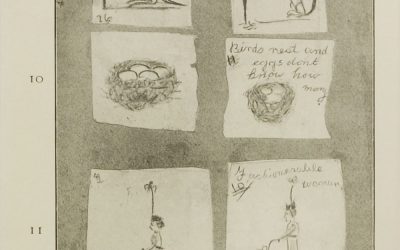The Special Collections hold primary, raw, and unfiltered sources that are used both physically and digitally in education and research, as well as by the broader public. The core of these collections consists of various monastic libraries, containing books that were mainly acquired by Jesuits during the nineteenth and twentieth centuries. This Jesuit Collection primarily includes books in the fields of philosophy, history, anatomy, literature, theology, law, and the social sciences. In recent decades, various other collections have been added through donations, purchases, and bequests. Some of these have a direct connection to the province of Limburg and its history.
Featured collection: Geography
News Spotlight
New acquisition: portrait of Marlene Dietrich by Charles Eyck
A special addition to our heritage collection: an expressive portrait of Marlene Dietrich, painted by Limburg artist Charles Eyck.
Read more



 Kennis & Methode
Kennis & Methode  UM journals
UM journals  Religion
Religion  Psychology
Psychology